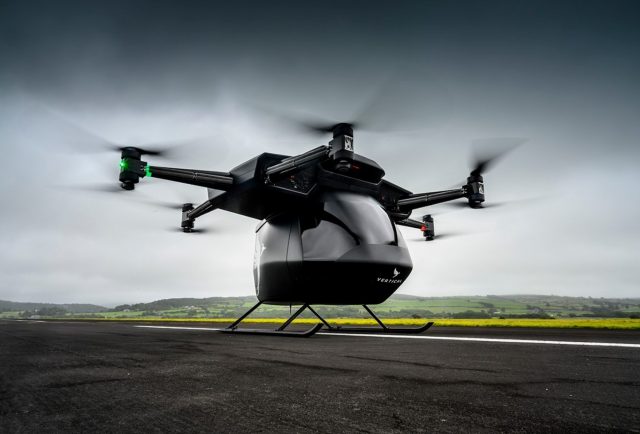
The United States Air Force has issued a request for information seeking commercial vertical take-off and landing (VTOL) unmanned aerial system (UAS) developers who would work with the service on a strategy to accelerate development and fielding of the most promising systems and solutions.
The RFI will look to seek out systems based on likely success in the commercial market, the air force said, adding that, as these systems mature towards certified commercial operations, it would position itself as an early adopter of these systems, with a potential goal of procurement and fielding within three years.
The air force said that, given other DoD projects with small and medium unmanned aircraft systems (UAS), this current RFI was primarily focused on manned aircraft (of all weights) or unmanned aircraft with a maximum gross takeoff weight (MGTOW) greater than 1320 lbs (600 kg).
Systems of particular interest to the service include electric VTOL (eVTOL), non-traditional electric, hybrid, and non-electric aircraft for manned, optionally-manned, unmanned, urban air mobility (UAM), and cargo transport missions.
For potential partners developing flying vehicles, the USAF intends to hold a series of test and development campaigns tailored to the needs of each firm, offering use of DoD-unique resources to reduce the industry’s technical, regulatory, and financial risk. These events could allow partners to use DoD test infrastructure and ranges intended to refine designs and drive systems towards their certification objectives with the Federal Aviation Administration (FAA).
The air force believes these platforms could introduce game-changing capabilities for distributed logistics, sustainment, mass, and maneuver, with particular utility in civil and military disaster relief, medical evacuation, firefighting, installation and border security, search and rescue, and humanitarian operations.
The air force intent would be to capitalize on the commercial investments already made in developing these aircraft, to help facilitate their rapid maturation, and to do so on a minimal and non-interference basis with planned commercial development and fielding. The USAF would also hope to leverage future large-scale commercial production.


























